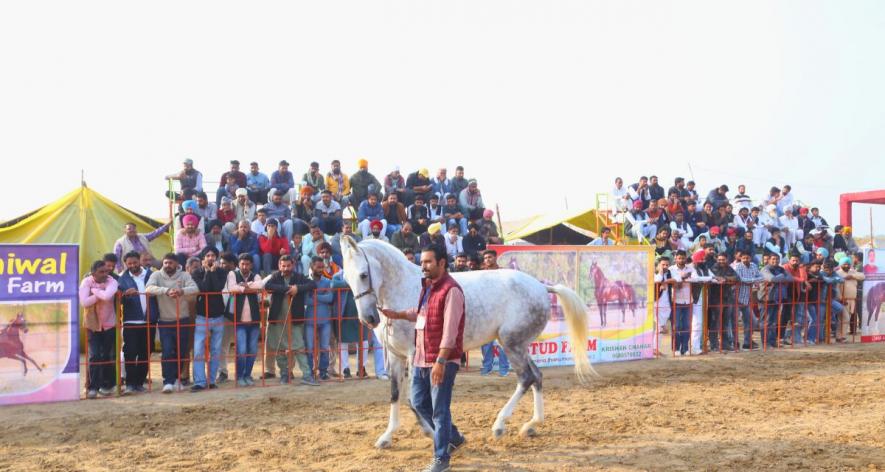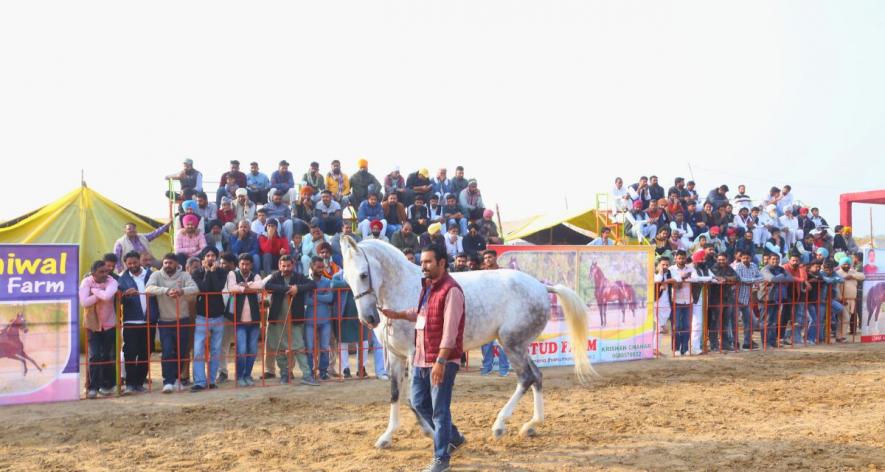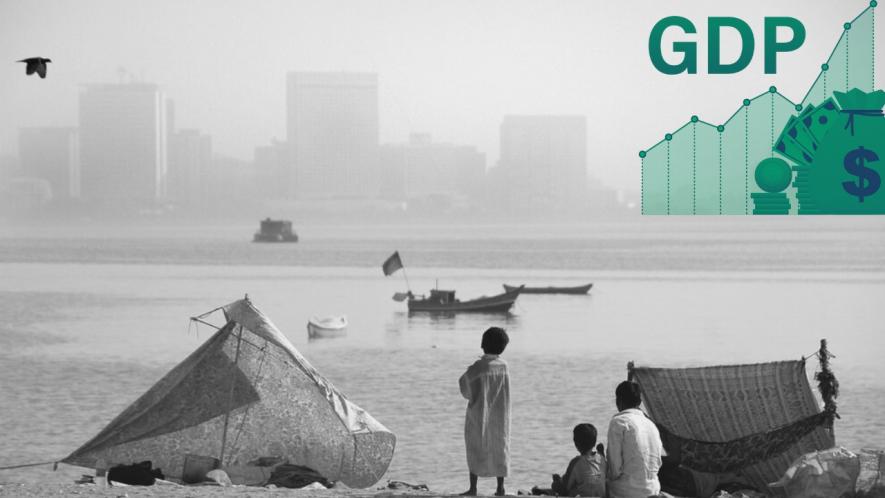PUTIN'S GRIFTER IN CHIEF
'You got to pay!': Trump threatens to 'encourage' Russia to attack NATO allies behind on payments
White House hopeful Donald Trump said on Saturday he would "encourage" Russia to attack members of NATO who had not met their financial obligations, his most extreme broadside against the military alliance he has long expressed skepticism about.
Issued on: 11/02/2024
Video by: Matthew-Mary Caruchet
With US lawmakers debating new aid for Ukraine ahead of the second anniversary of Russia's invasion, the former president has repeatedly said it was unfair to commit the United States to defending NATO's 30 other member nations.
Speaking at a campaign rally in South Carolina Saturday, Trump described a conversation with a fellow head of state at an unspecified NATO meeting.
"One of the presidents of a big country stood up and said, 'Well, sir, if we don't pay, and we're attacked by Russia, will you protect us?' I said, 'You didn't pay, you're delinquent?'"
"No, I would not protect you. In fact, I would encourage them to do whatever the hell they want. You got to pay. You got to pay your bills."
Trump's remark comes after Senate Republicans on Wednesday rejected a bipartisan bill that would have included sorely needed new funding for Ukraine, plus aid for ally Israel, along with reforms to address the US-Mexico border crisis.
The White House hit back at Trump's assertions, touting President Joe Biden's efforts to bolster alliances around the globe.
"Encouraging invasions of our closest allies by murderous regimes is appalling and unhinged," White House spokesman Andrew Bates said in a statement Saturday night.
"Rather than calling for wars and promoting deranged chaos, President Biden will continue to bolster American leadership," Bates added.
'Deportation operation'
The Senate bill's death highlighted Trump's iron grip on the Republican Party, as its lawmakers acceded to the former president's calls to torpedo any deal in order to deny Biden a win on immigration ahead of November's election.
At the rally Saturday, Trump celebrated the collapse of the legislation, vowing that, if reelected, he would carry out a massive "deportation operation" on his first day in office.
"Let's not forget that this week we also had another massive victory that every conservative should celebrate. We crushed crooked Joe Biden's disastrous open borders bill," Trump declared at a rally in South Carolina.
"The whole group did a great job in Congress."
Trump -- whose first presidential campaign featured a central plank of building a "big, beautiful wall" on the US-Mexico border -- on Saturday declared that deporting migrants would be one of his first tasks.
"On day one I will terminate every open border policy of the Biden administration and we will begin the largest domestic deportation operation in American history. We have no choice."
The Senate is now considering a foreign aid package that decouples the aid from the border issue entirely.
The $95 billion package set to be debated next week includes funding for Israel's fight against Hamas militants and for key strategic ally Taiwan. The lion's share, however, would help Ukraine restock depleted ammunition supplies, weapons and other crucial needs as it enters a third year of war.
Haley's husband
At the South Carolina rally, Trump needled Nikki Haley, his former UN ambassador who is also seeking the Republican Party's nomination, though her bid is almost certainly doomed as she badly trails her ex-boss in the race.
Addressing voters in Haley's home state, Trump questioned the whereabouts of her husband Michael, who has not been seen on the campaign trail as he is on a year-long military deployment to the Horn of Africa country of Djibouti.
"Where's her husband? Oh, he's away. He's away. What happened to her husband? What happened to her husband," he said, raising his voice for dramatic effect.
Haley clapped back on social media platform X.
And Michael Haley had his own message for Trump, tagging the candidate in a post on X that was accompanied by a close-up photo of a wolf overlaid with the text: "The difference between humans and animals? Animals would never let the dumbest ones lead the pack."
(AFP)







